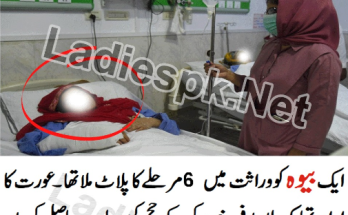Creating a list of the “top 10” heart surgeries can be challenging as the ranking may vary based on factors such as prevalence, complexity, and medical advancements. However, I can provide a list of ten common and significant heart surgeries:
- Coronary Artery Bypass Grafting (CABG): CABG, commonly referred to as bypass surgery, is a procedure to improve blood flow to the heart by bypassing blocked or narrowed coronary arteries using blood vessels from other parts of the body.
- Heart Valve Replacement: This surgery involves replacing a damaged or diseased heart valve with a mechanical or biological valve to restore normal blood flow through the heart.
- Pacemaker Implantation: A pacemaker is a small device implanted under the skin to regulate the heart’s rhythm by delivering electrical impulses to the heart muscle.
- Atrial Fibrillation Ablation: Ablation therapy is used to treat atrial fibrillation (an irregular heart rhythm) by destroying abnormal heart tissue that triggers or sustains the arrhythmia.
- Heart Transplantation: Heart transplantation is a surgical procedure to replace a failing or diseased heart with a healthy donor heart from a deceased individual.
- Ventricular Assist Device (VAD) Implantation: A VAD is a mechanical pump implanted in the chest to help the heart pump blood to the rest of the body in people with advanced heart failure.
- Aortic Aneurysm Repair: This surgery involves repairing or replacing a weakened or bulging section of the aorta, the body’s largest artery, to prevent rupture or dissection.
- Maze Procedure: The Maze procedure is a surgical treatment for atrial fibrillation that creates a pattern of scar tissue in the heart to disrupt abnormal electrical signals and restore normal rhythm.
- TAVR (Transcatheter Aortic Valve Replacement): TAVR is a minimally invasive procedure to replace a diseased aortic valve using a catheter inserted through a blood vessel, often preferred for high-risk or elderly patients.
- Implantable Cardioverter Defibrillator (ICD) Implantation: An ICD is a device implanted under the skin to monitor heart rhythm and deliver electric shocks if life-threatening arrhythmias occur, preventing sudden cardiac arrest.
These surgeries represent a range of interventions used to treat various heart conditions, from coronary artery disease to arrhythmias and heart failure. The choice of surgery depends on the individual’s specific condition, medical history, and overall health status, and it’s typically determined through consultation with a cardiac surgeon and cardiologist.




